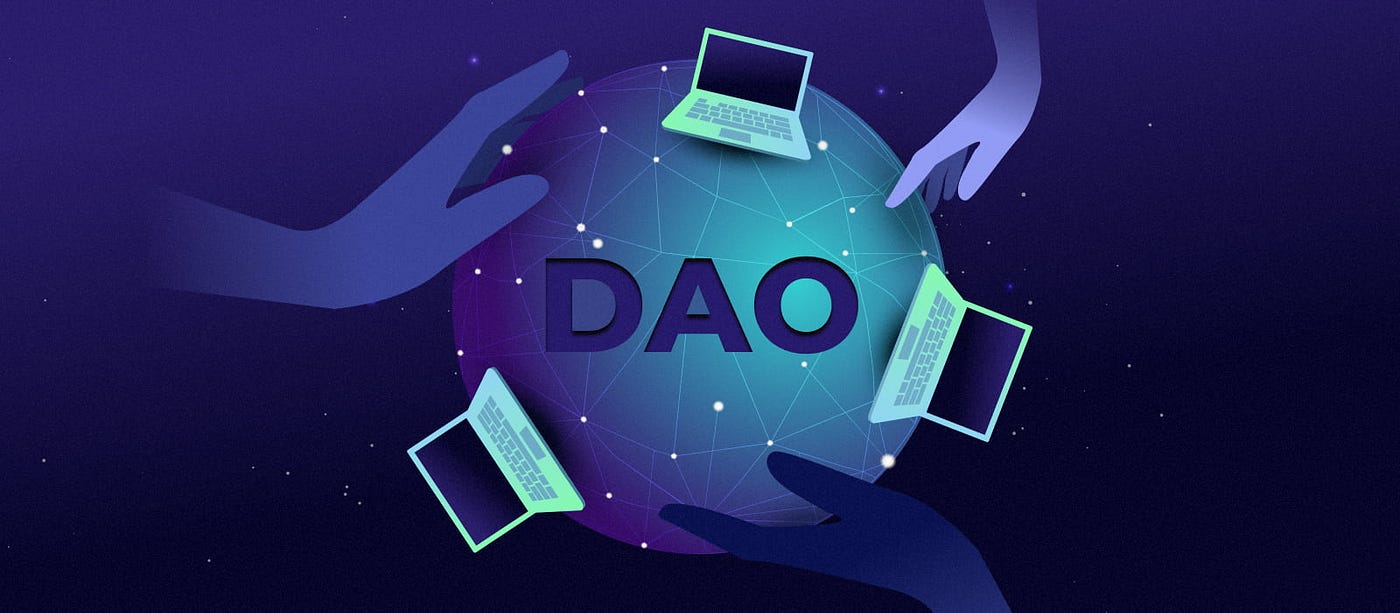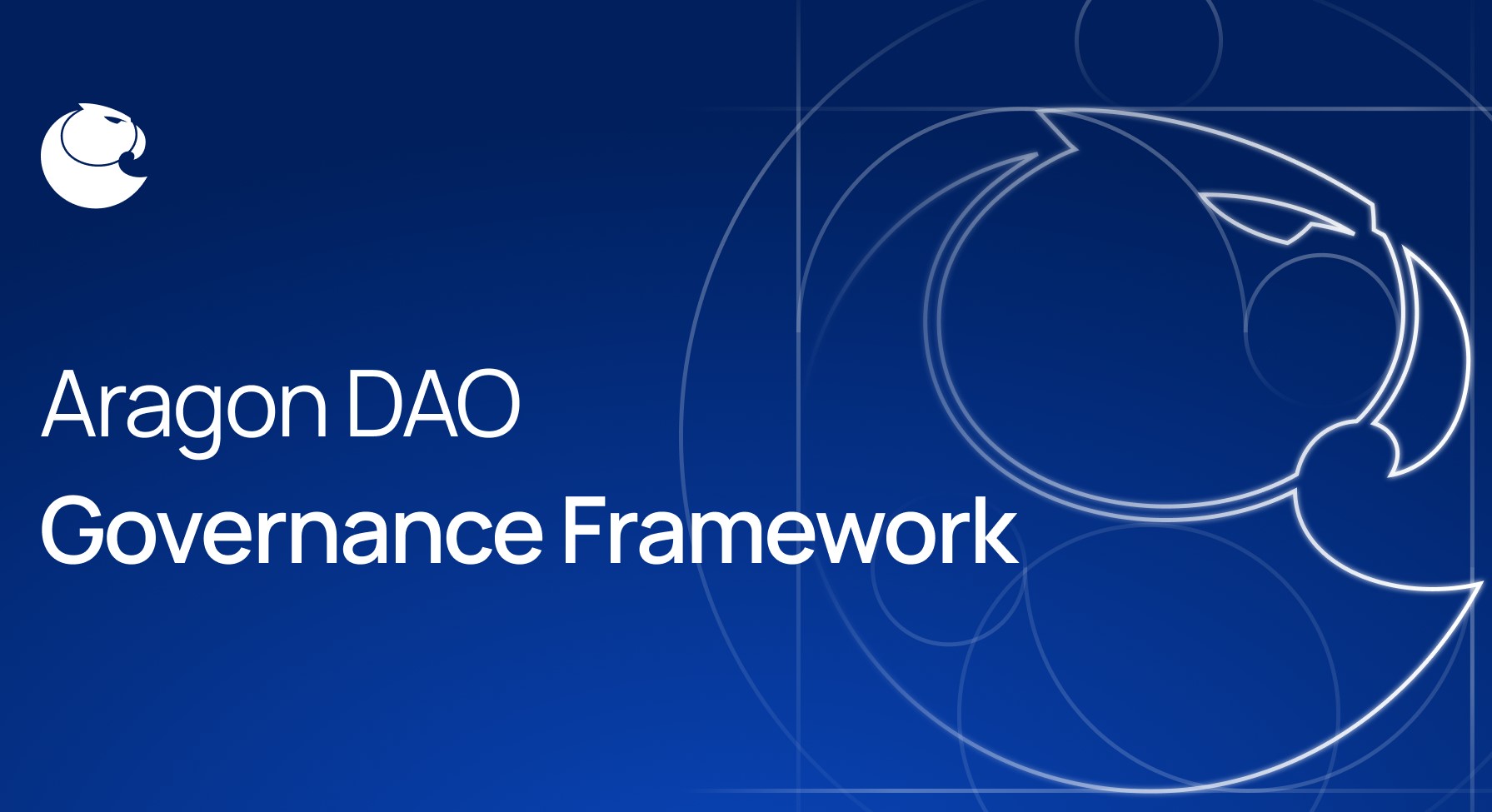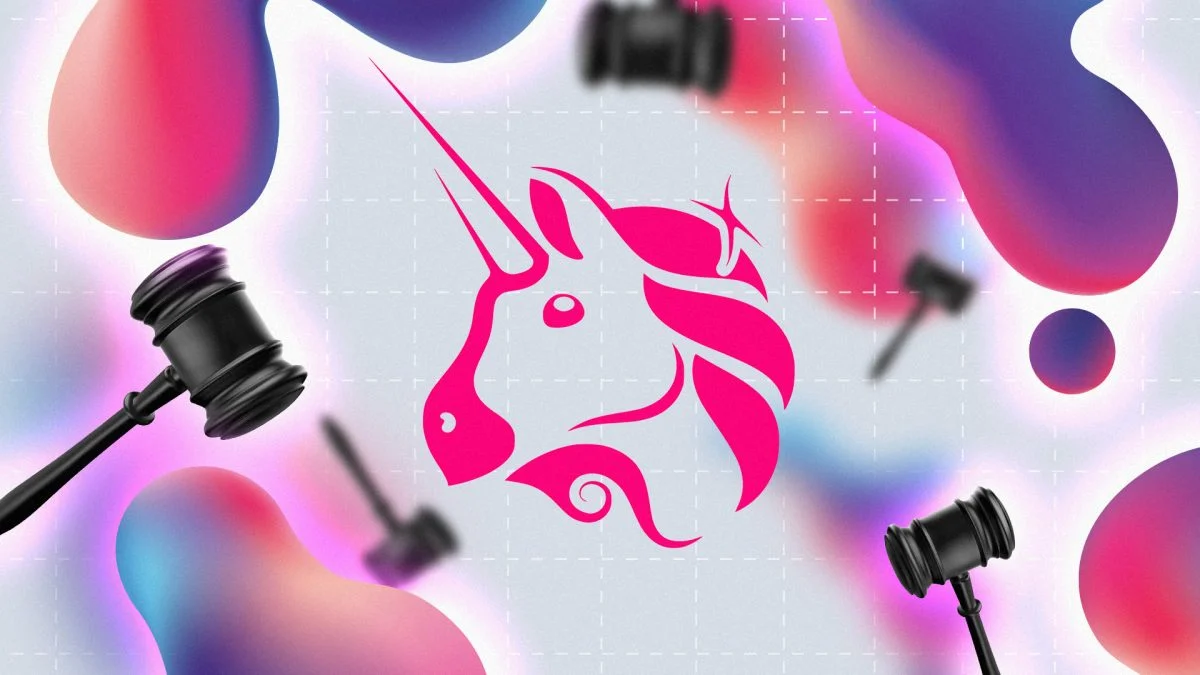
Decentralized Autonomous Organizations (DAOs) are innovative entities governed by code rather than centralized control.
They operate on blockchain networks, employing smart contracts to automate decision-making processes. Unlike traditional organizations with hierarchical structures, DAOs distribute governance among their members, who participate in decision-making through voting mechanisms tied to their ownership of tokens.
What are Decentralized Autonomous Organizations (DAOs)?
The concept of DAO came from the most defining feature of cryptocurrencies: decentralization. The idea of decentralization is straightforward: no single entity completely controls the entire blockchain network, which differs significantly from traditional financial institutions like banks.
The control of the network is divided among various networks, computer systems, and nodes. Apart from diving power, the idea behind decentralization is to achieve a higher level of transparency and security when conducting a transaction on the network, which is less if you compare it to the standard currencies and their transactions.
So, the groundwork was already laid for some to gain inspiration from the concept of decentralization. In 2016, a group of developers picked inspiration from that and came up with the idea for a decentralized autonomous organization, or DAO, as it is most commonly known.
There is still an ongoing debate about how much potential DAOs hold. Some believe it has great potential to disrupt various industries by introducing transparency, efficiency, and inclusivity.
In finance, DAOs enable decentralized finance (DeFi) applications, offering services such as lending, borrowing, and asset management without intermediaries. Additionally, they facilitate decentralized governance in projects ranging from open-source software development to community-driven initiatives.
With blockchain technology evolving daily and gaining new followers, DAOs are poised to play a crucial role in reshaping the way organizations structure themselves, and the aim behind the concept is to achieve new scale of technical innovations across various sectors.
How do DAOs work?
DAOs operate through a combination of smart contracts and blockchain technology. Smart contracts are codes written to be self-executed when certain predefined conditions are met. Once these conditions are fulfilled, the contracts are deployed on blockchain networks like Ethereum or any other network that supports smart contracts.
These contracts automate various functions within a DAO, including the allocation of funds, the facilitation of voting processes, and the execution of decision-making protocols.
For instance, members may vote on proposals related to project funding, protocol upgrades, or changes to governance rules. Smart contracts ensure these decisions are implemented transparently and efficiently without leaving room for tampering or outside intervention.
Role of Tokenomics in DAOs

Tokenomics and governance mechanisms are two fundamental aspects of a DAO operation. Tokenomics analyzes the economic principles governing a cryptocurrency token or digital asset.
It encompasses a range of factors such as the total supply of tokens, how they are initially distributed, any scheduled increases in supply over time, how tokens are used within a network, mechanisms for reducing the token supply (like burning tokens), and strategies for maintaining economic stability within the ecosystem.
When you look at tokenomics in the context of DAO, it refers to identifying the entities that hold the ownership stake or voting rights within an organization.
The components that make up the ownership group consist of token holders that participate in the governance processes, such as proposing and voting on decisions regarding the future operations the blockchain should conduct. The weight of the vote depends on who holds the most quantity of tokens.
The higher the quantity, the higher the share they have in participating in decision-making processes. The mechanism is designed to incentivize participation and align the interests of different members with the primary objective of the DAO.
Going back to how smart contracts play a role in it, suppose a decision is made after the voting process on how much the circulating supply of a token should be increased.
Once the decision is made, the code in the smart contract that meets the criteria is executed, after which new tokens are released in the existing supply. Another example would be to burn the selected reserve tokens or distribute rewards to the current token holders.
Examples of Popular DAO platforms
You may have heard of some well-known examples of DAO platforms in the crypto space. You will also find many other options available you can search about on the web. Below is a brief introduction to these platforms and how the term DAO is associated with them.
MakerDAO

MakerDAO is a decentralized autonomous organization behind the Dai stablecoin and the Maker Protocol. It operates on the Ethereum blockchain, enabling users to generate Dai by locking up collateral assets in smart contracts.
MakerDAO’s governance token, MKR, allows holders to participate in crucial decision-making processes, such as adjusting stability fees and managing the Dai Savings Rate. MakerDAO aims to maintain the stability of Dai as a decentralized and collateral-backed stablecoin.
Aragon

Aragon is a decentralized governance platform built on Ethereum. It allows users to create and manage decentralized organizations, including DAOs, with customizable governance structures, voting mechanisms, and decision-making processes.
The company aims to empower communities and businesses to operate autonomously and transparently.
Uniswap

Uniswap is a decentralized exchange protocol built on Ethereum that enables users to swap various ERC-20 tokens without intermediaries.
While Uniswap is not a DAO, it launched the UNI token in September 2020, introducing a decentralized governance system. UNI token holders can participate in governance by voting on proposals related to protocol upgrades, fee adjustments, and other governance decisions.
Advantages of DAO
There are numerous advantages DAO has to offer when compared to traditional organizational structures. It leverages blockchain technology to introduce newer ways of how an organization should be governed and how decision-making processes should evolve to bring more inclusivity.
Decentralization
Since DAO leverages blockchain technology, it inevitably contains the aspects of decentralization.
By operating on blockchain networks, DAO ensures that the governance structure in the organization is distributed among members to ensure that no single entity holds absolute power or has an undue influence over the decision-making process.
The decentralized approach enhances trust and reduces reliance on centralized authorities, fostering a more democratic environment.
Transparency
Transparency is another quality that DAOs have because they are based on the immutable nature of blockchain technology.
All the transactions conducted in DAOs and all the decision-making processes are also recorded on the blockchain. The advantage you gain from this process is that it makes the transactions verifiable and auditable. Hence, you know who to hold accountable if you record a transaction not made in the organization’s best interest.
However, since everyone knows that the DAOs ensure transparency, everyone will work thinking about the organization’s best interest, which can foster trust among members.
On the other hand, the stakeholders can ensure that the organization fully complies with established rules and protocols.
Inclusivity
Inclusivity is another crucial advantage of DAOs, as they lower barriers to entry and enable participation from anyone with internet access.
Unlike traditional organizations with stringent membership requirements or geographic limitations, DAOs embrace global participation, allowing individuals from diverse backgrounds to contribute their skills and perspectives to the community.
Efficiency
Features like automated execution of rules and protocols within DAOs can provide greater efficiency in the organization’s workings. The execution is achieved through smart contracts that ensure that the rules defined earlier are enforced without any manual intervention that can cause unwanted delays or errors and streamline the entire decision-making process.
Automation enables DAOs to operate more efficiently, freeing up resources and allowing members to focus on other value-adding activities that can improve and increase the favorable profile of the organization.
Flexibility
Flexibility is inherent in DAOs, as they can adapt and evolve based on community consensus.
Governance mechanisms enable members to propose and vote on changes to the organization’s rules and protocols, ensuring that the DAO remains responsive to changing circumstances and evolving needs.
The flexibility enables DAOs to innovate and iterate rapidly, staying ahead of the curve in an ever-changing landscape.
DAOs offer a compelling alternative to traditional organizational structures, providing decentralization, transparency, inclusivity, efficiency, and flexibility.
As blockchain technology matures and adoption grows, DAOs are poised to play a pivotal role in reshaping how communities collaborate, govern, and create value.
Challenges and Risks
Despite their potential benefits, Decentralized Autonomous Organizations (DAOs) face several challenges and risks that need to be addressed for widespread adoption and success.
Security Vulnerabilities
Security vulnerabilities pose a significant threat to DAOs, as they are susceptible to exploits and hacks. Smart contracts, while powerful, are also complex and can contain vulnerabilities, if not correctly coded, that malicious actors may exploit to steal funds or disrupt operations.
High-profile incidents, such as the infamous DAO hack in 2016, highlight the importance of robust security measures and thorough auditing to mitigate such risks.
The 2016 DAO hack

2016 The DAO emerged as a pioneering decentralized autonomous organization (DAO) operating on the Ethereum blockchain.
Following a successful token sale that raised $150 million worth of ether (ETH), The DAO encountered a significant setback when vulnerabilities in its code base were exploited, resulting in a hack.
In response, the Ethereum community faced a critical decision regarding the fate of the stolen funds. A contentious hard fork was implemented to restore the funds, creating Ethereum and Ethereum Classic blockchains.
However, this decision was met with disagreement from some parties within the community, highlighting the complexities and challenges inherent in decentralized governance and consensus mechanisms.
Governance Disputes
Governance disputes are another challenge faced by DAOs, stemming from conflicting interests among stakeholders.
In decentralized environments, reaching a consensus on critical decisions can be challenging, leading to disputes and fragmentation within the community.
Resolving governance disputes requires effective decision-making, conflict resolution mechanisms, and clear communication and alignment of interests among members.
Regulatory Uncertainty
The Regulatory uncertainty aspect of blockchain has always been a concern because it presents a significant hurdle for DAOs, as legal and compliance issues vary across jurisdictions.
Many regulatory frameworks are still catching up with the rapid pace of innovation in blockchain technology, leaving DAOs in a gray area of uncertainty.
Navigating regulatory challenges requires collaboration with legal experts and policymakers to ensure compliance while preserving the decentralized nature of DAOs.
Scalability
Even though significant strides have been made in the blockchain world to achieve increased scalability, it is still a work in progress if you look at the overall picture.
Concerns also loom large for DAOs as blockchain infrastructure struggles to handle the growing demand for transactions and interactions within decentralized networks.
Limited throughput and high transaction fees can hinder the scalability of DAOs, impacting user experience and adoption. Addressing scalability concerns requires ongoing research and development efforts to improve blockchain scalability solutions.
User Experience
The challenges regarding improving user experience stem from the fact that DAOs are particularly difficult to understand for non-technical users who may find interacting with decentralized systems daunting.
From setting up wallets to participating in governance processes, the user experience of DAOs can be intimidating for newcomers. Improving user interfaces and educational resources can help lower barriers to entry and make DAOs more accessible to a broader audience.
Summary
Decentralized Autonomous Organizations (DAOs) leverage blockchain technology and smart contracts to enable transparent, decentralized governance.
Examples like MakerDAO and Aragon demonstrate their potential to revolutionize industries through inclusivity and efficiency.
However, challenges like security vulnerabilities, regulatory uncertainty, and scalability limitations persist. The infamous 2016 DAO hack underscores the importance of robust security measures.
Despite hurdles, DAOs offer advantages, including transparency, inclusivity, and flexibility, reshaping traditional organizational structures. Addressing user experience concerns and navigating regulatory landscapes remain critical for widespread adoption. As blockchain technology evolves, DAOs stand poised to redefine collaboration, governance, and value creation.




